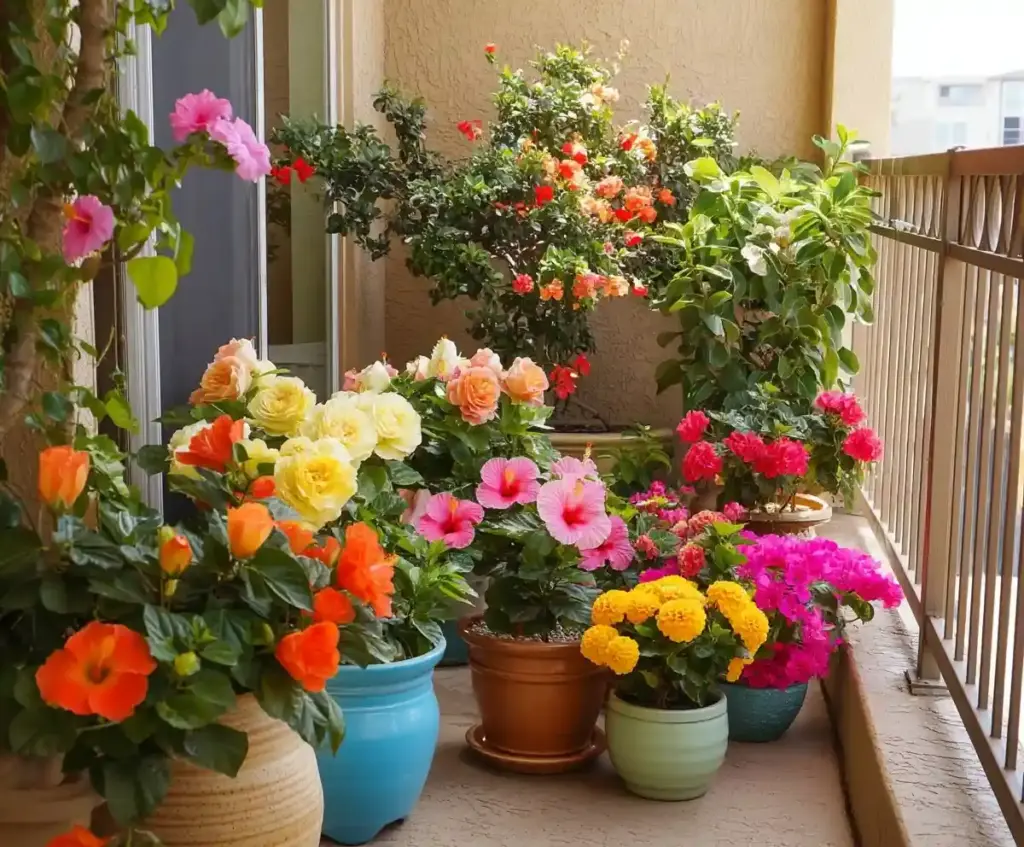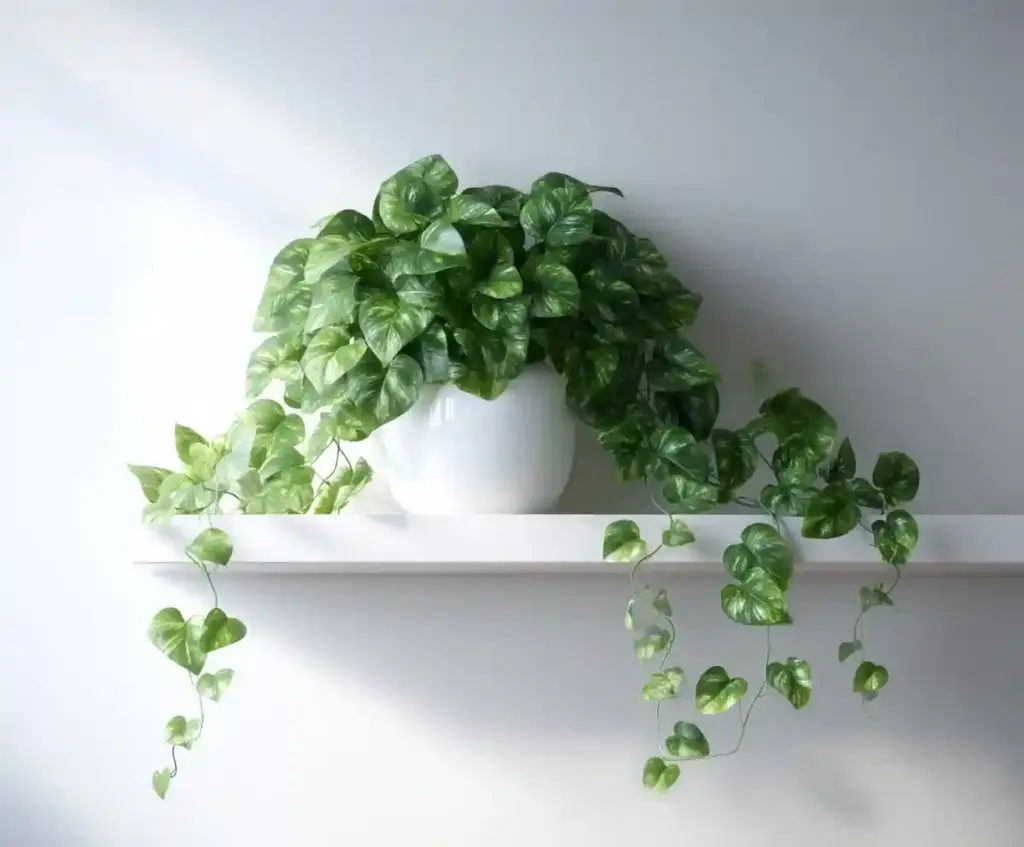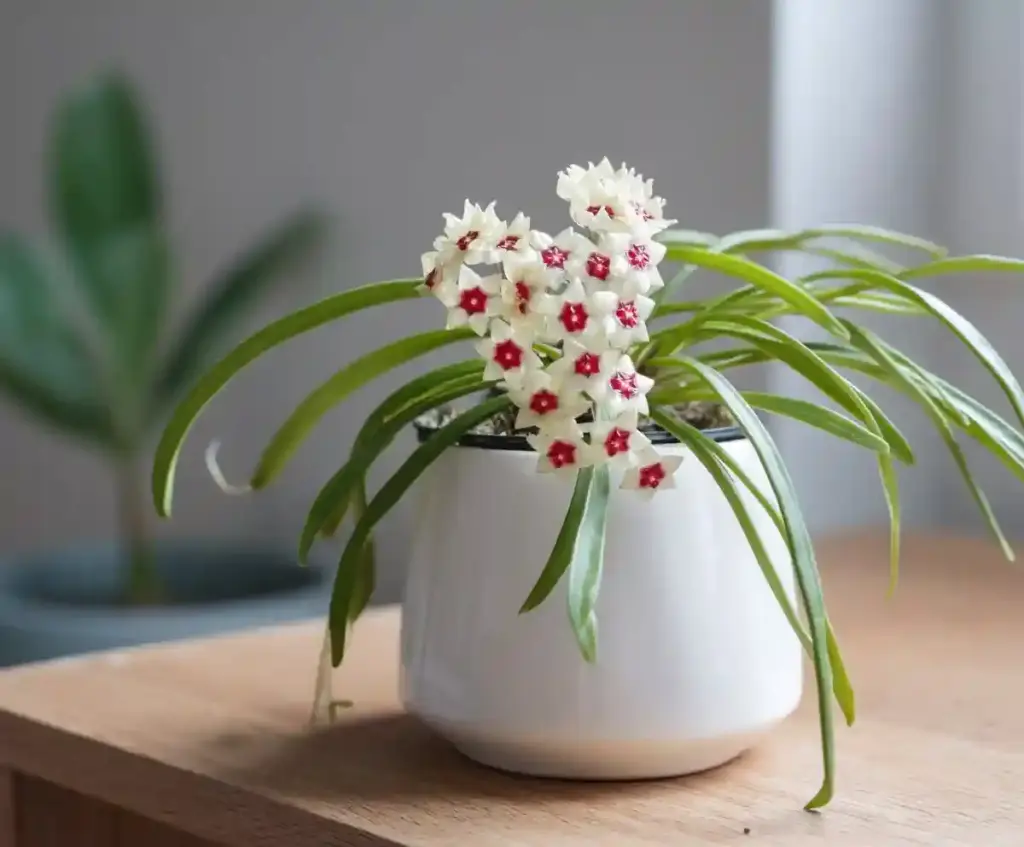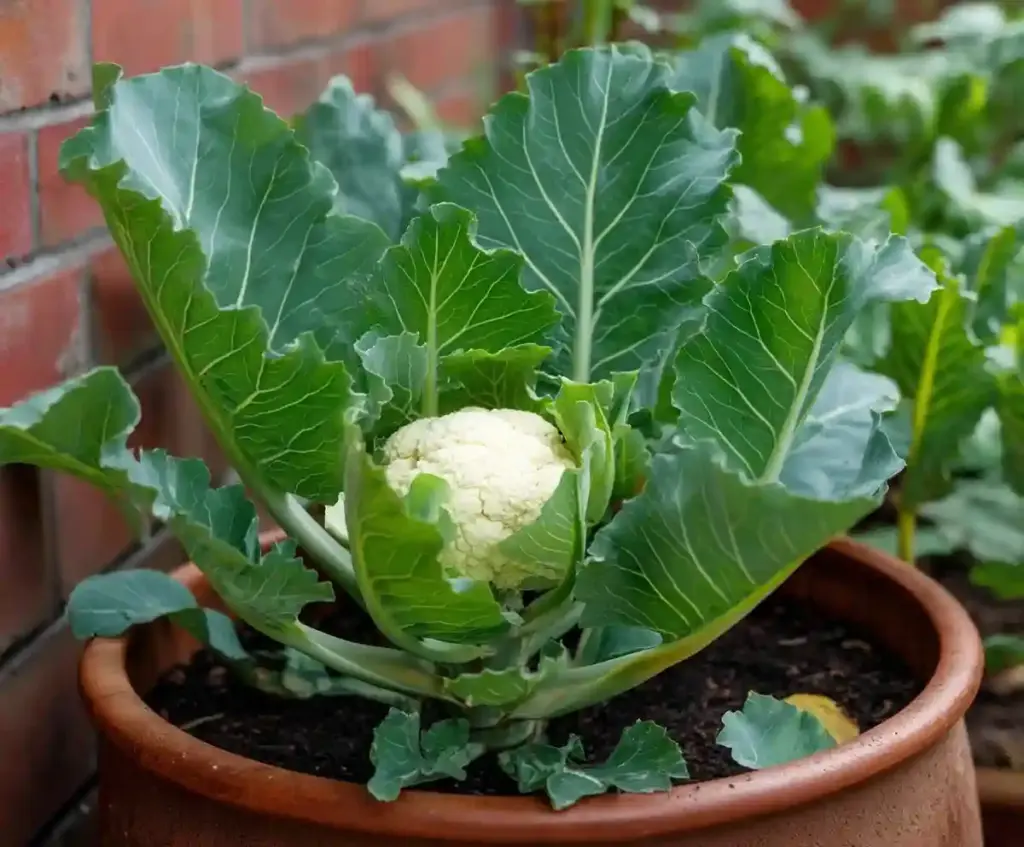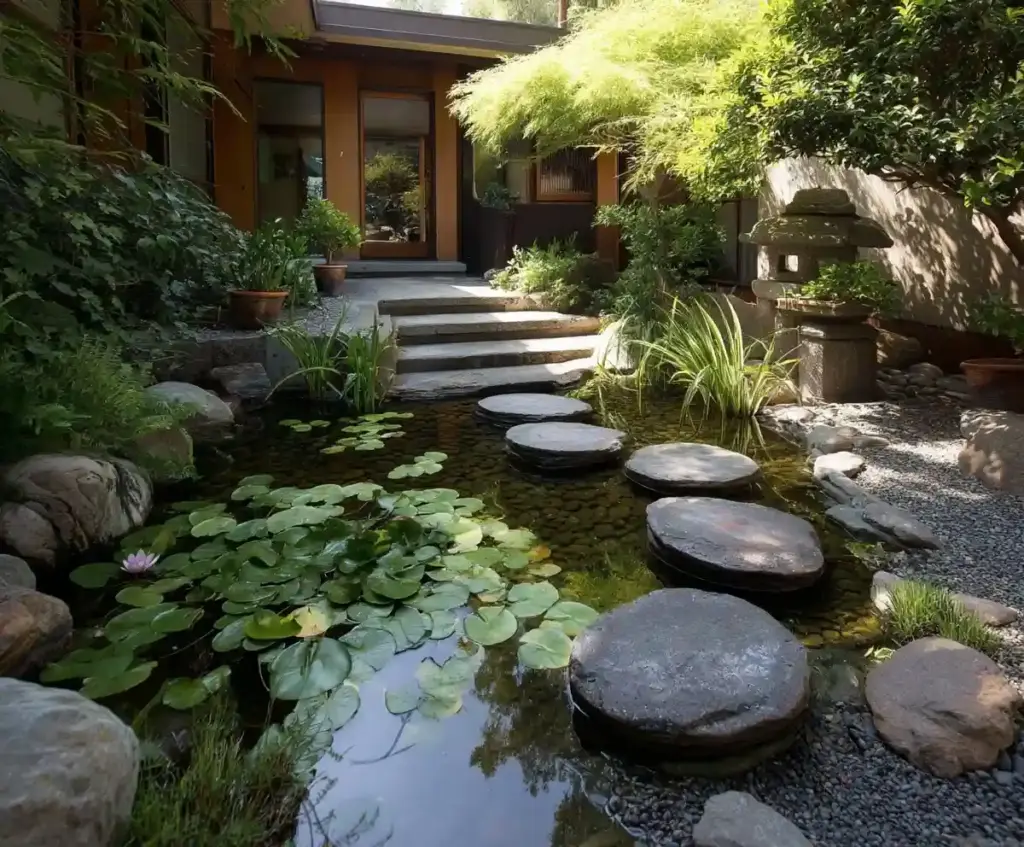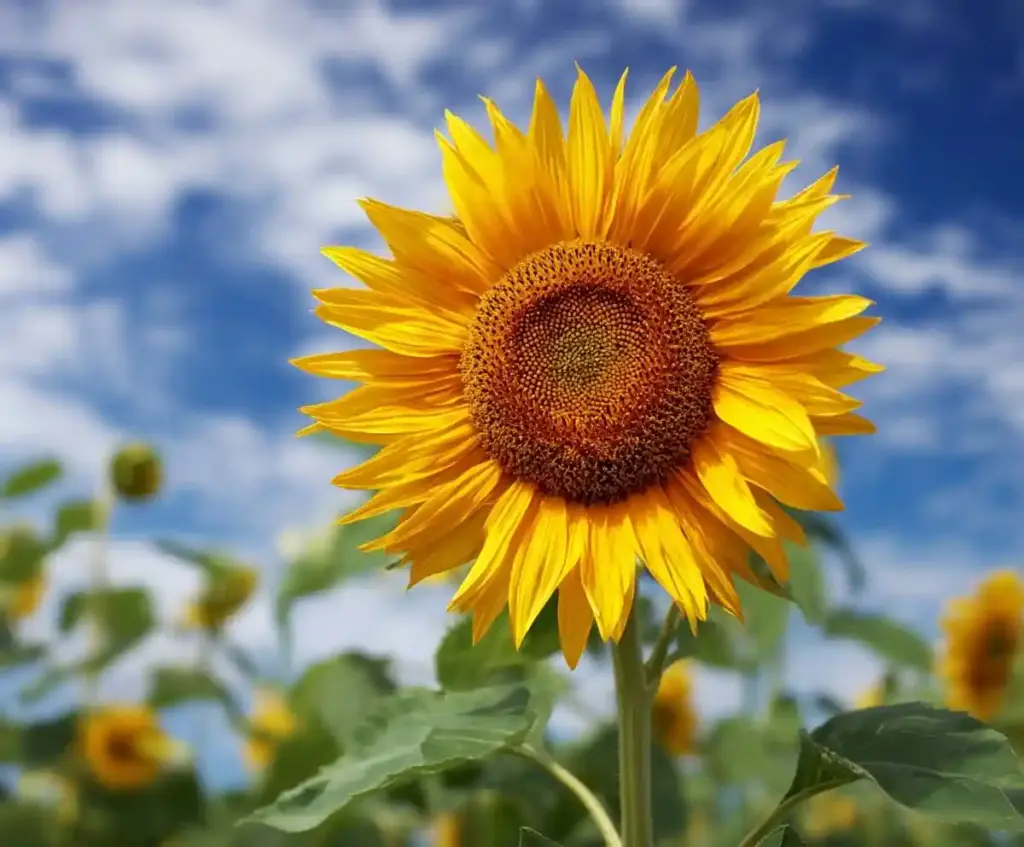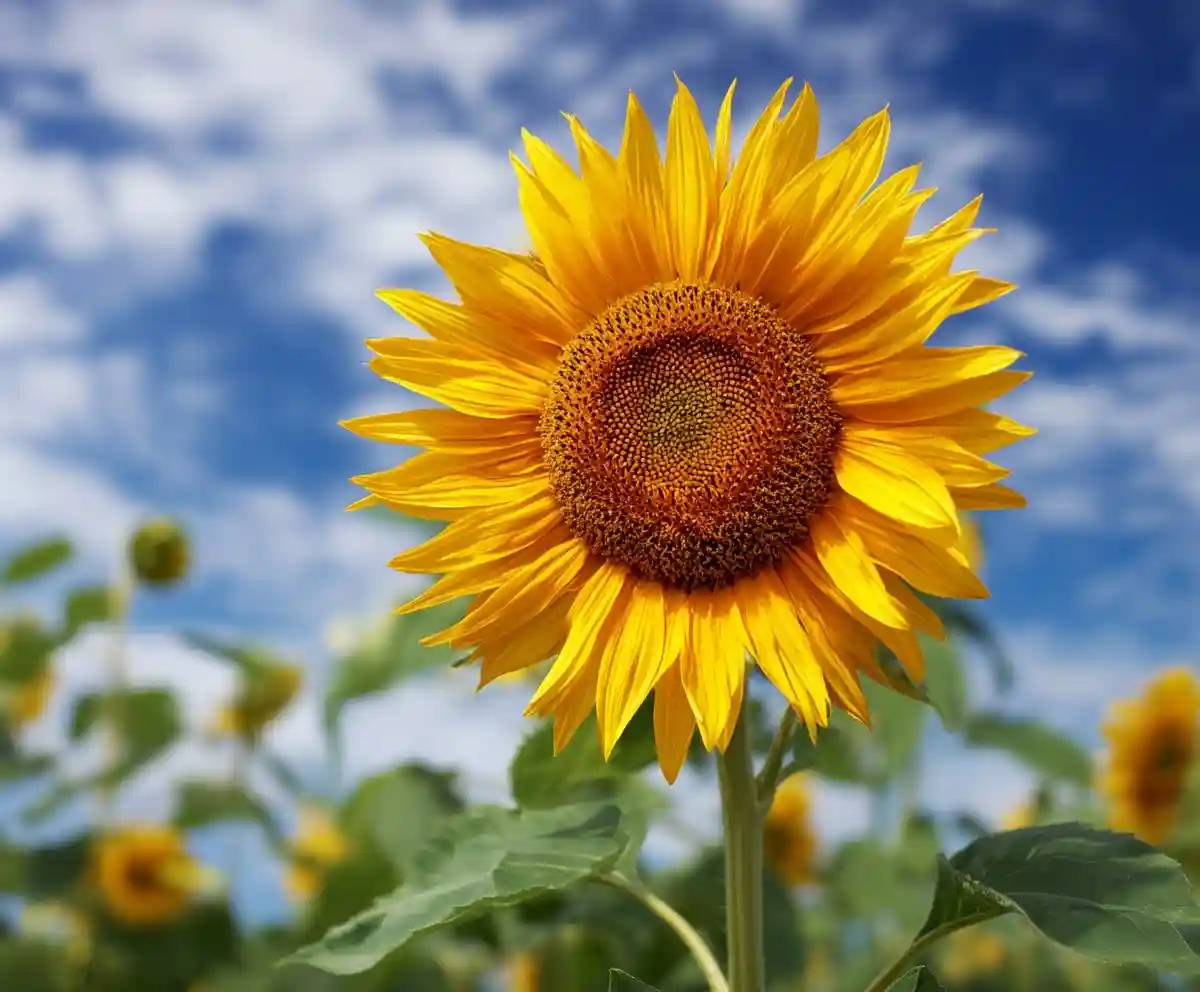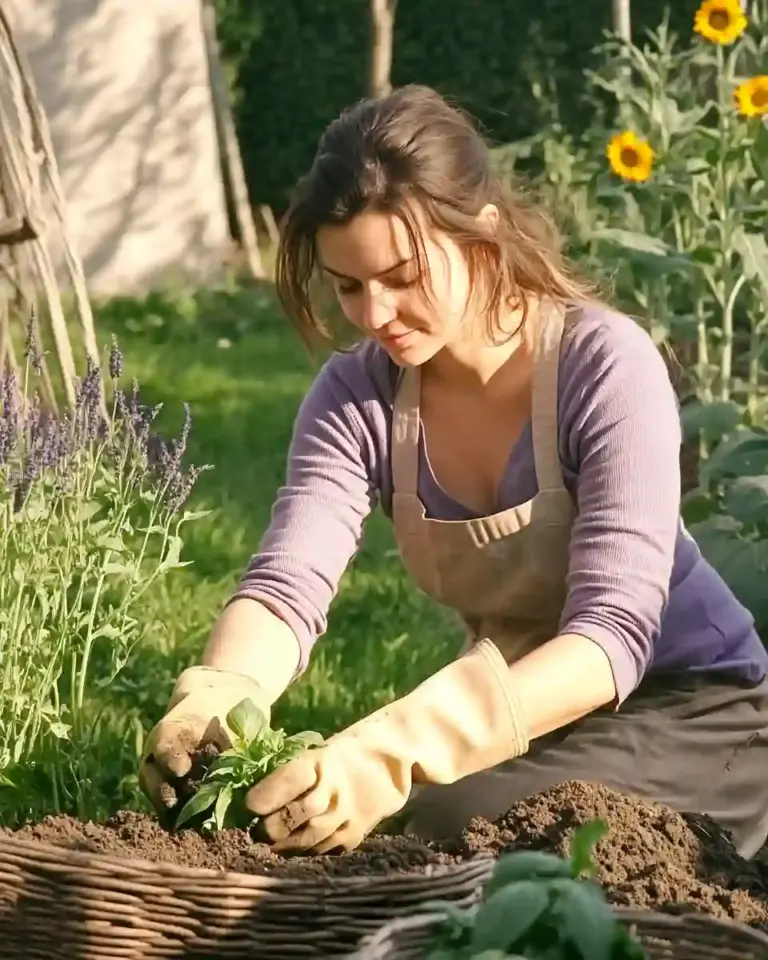Sunflowers have a way of capturing attention wherever they grow. With their bold golden petals and towering presence, these cheerful blooms are more than just garden eye-candy—they’re botanical powerhouses filled with fascinating traits, rich history, and practical uses. Whether you’re planting a backyard patch or simply admiring a field from afar, there’s a lot more to sunflowers than meets the eye. In this article, we’ll explore 10 amazing facts that reveal why sunflowers truly stand out among flowering plants.
Table of Contents
1. Quick Facts at a Glance
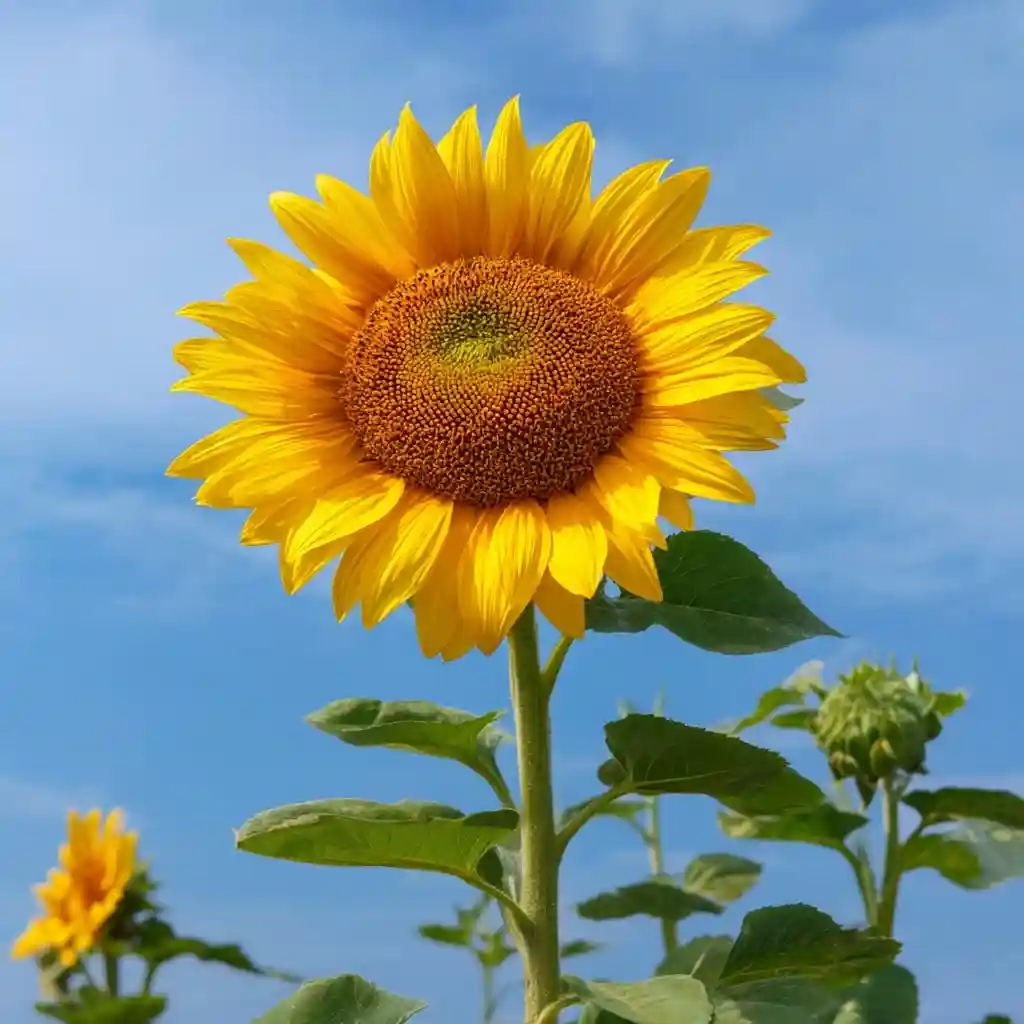
Before we dig into the deeper details, here are some quick-hit facts about sunflowers that highlight their uniqueness:
- Scientific Name: Helianthus annuus
- Family: Asteraceae (same as daisies and asters)
- Lifespan: Annual (completes its lifecycle in one season)
- Average Height: 3 to 10 feet (some varieties grow much taller)
- Flower Type: Composite flower made of thousands of tiny florets
- Sun Tracking: Yes, especially in younger plants (heliotropism)
- Colors Available: Yellow, orange, red, bronze, even bi-colored
- Native Region: North America
- Best Growing Conditions: Full sun, well-drained soil, spaced for airflow
- Uses: Seeds for snacks and oil, stalks for fiber, petals for tea
These fast facts offer a quick glimpse into the biology and versatility of sunflowers, but each trait has a deeper story. Let’s unpack them, one by one.
2. Sunflowers Are Actually Many Tiny Flowers in One Head
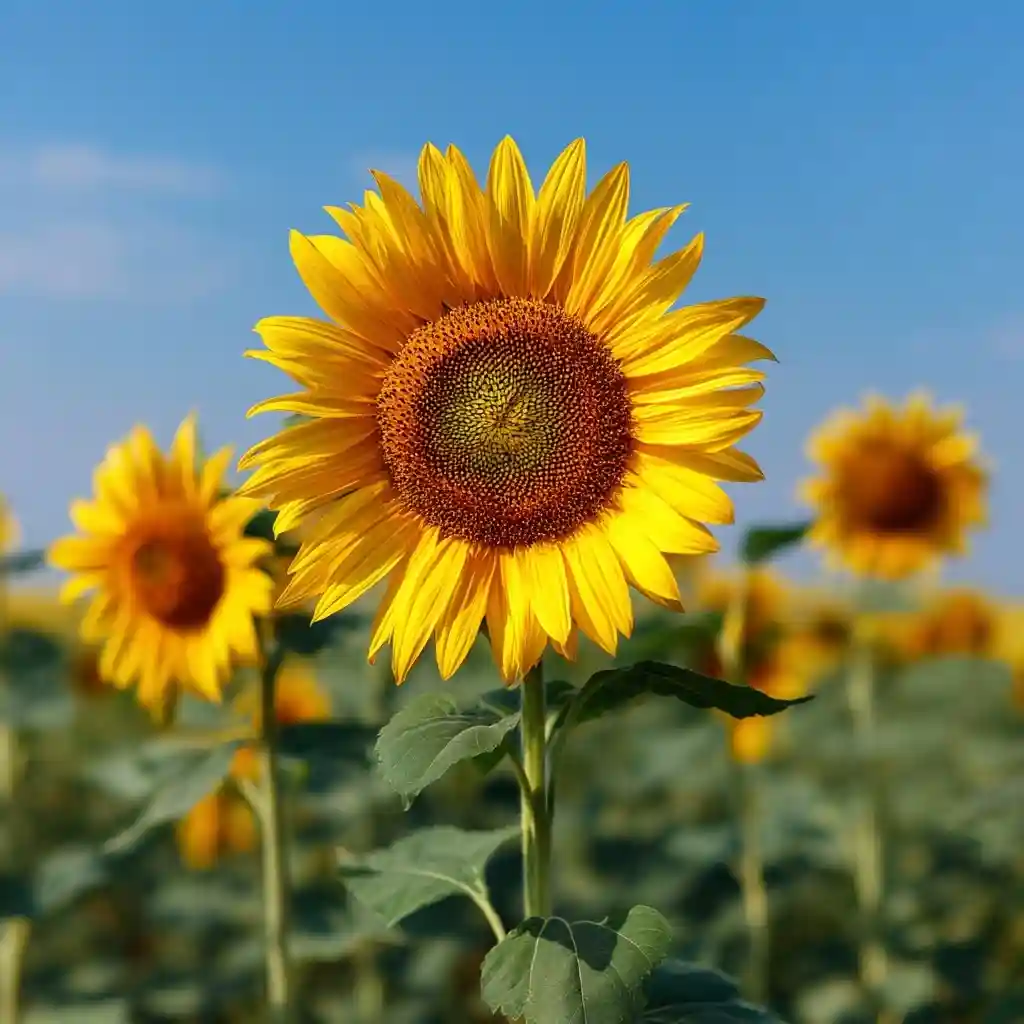
What looks like a single sunflower is actually a stunning display of nature’s efficiency. Each bloom is made up of hundreds to thousands of tiny individual flowers, called florets, all packed into the center disk. These florets mature into seeds if pollinated, while the bright yellow “petals” around the outside—called ray florets—are sterile and serve only to attract pollinators.
This unique structure places sunflowers in the composite flower family, meaning they aren’t a single bloom, but a cluster of many small ones working together. It’s a fascinating design that maximizes pollination and seed production in a tight, efficient space.
So the next time you admire a sunflower, remember: you’re looking at a whole bouquet hidden within one iconic face.
3. Young Sunflowers Track the Sun; Mature Blooms Face East
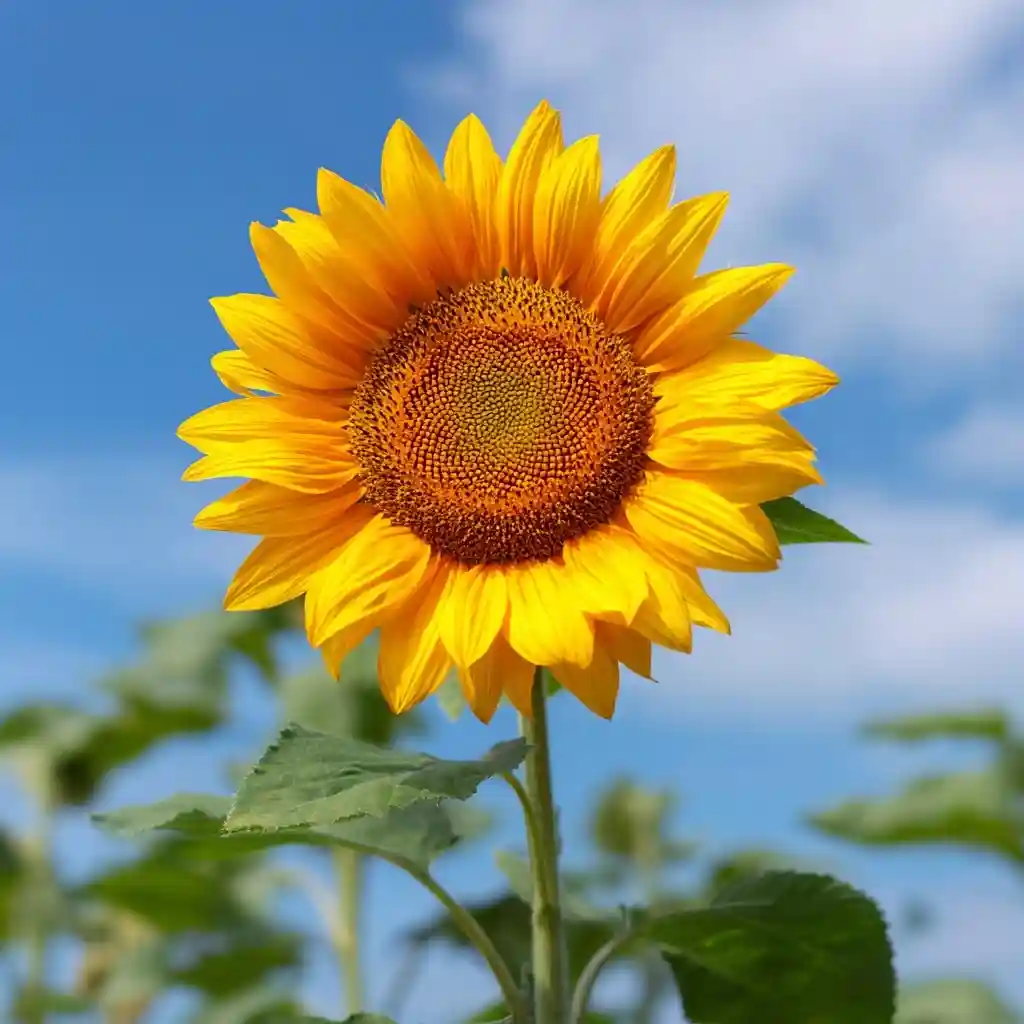
Young sunflowers exhibit a behavior called heliotropism—a natural movement where their flower heads track the sun from east to west throughout the day. This helps them maximize light absorption during critical early growth stages. At night, they reset their position, preparing to greet the sun again the next morning.
As sunflowers mature, this sun-tracking behavior stops. Instead, their heads become fixed, almost always facing east. This eastward orientation warms the flower earlier in the day, making it more attractive to pollinators like bees, which are more active in the morning.
This clever combination of movement and orientation ensures that sunflowers make the most of sunlight while boosting pollination success.
4. Native to North America (History and Domestication)

Though now grown worldwide, sunflowers are proudly native to North America. Archaeological evidence shows that Indigenous peoples in what is now the United States and Mexico began domesticating sunflowers over 4,000 years ago. They cultivated them for multiple purposes—food, oil, dyes, and medicine—long before European contact.
The seeds were ground into flour, roasted for snacks, or pressed for oil. The petals and stalks served in traditional dyes and herbal remedies. Spanish explorers later brought sunflowers to Europe in the 16th century, where their popularity spread quickly across gardens and farms.
Today, sunflowers are grown on nearly every continent, but their roots (literally and culturally) run deep in North American history.
5. Heights and Varieties (From Dwarf to Record-Tall Giants)
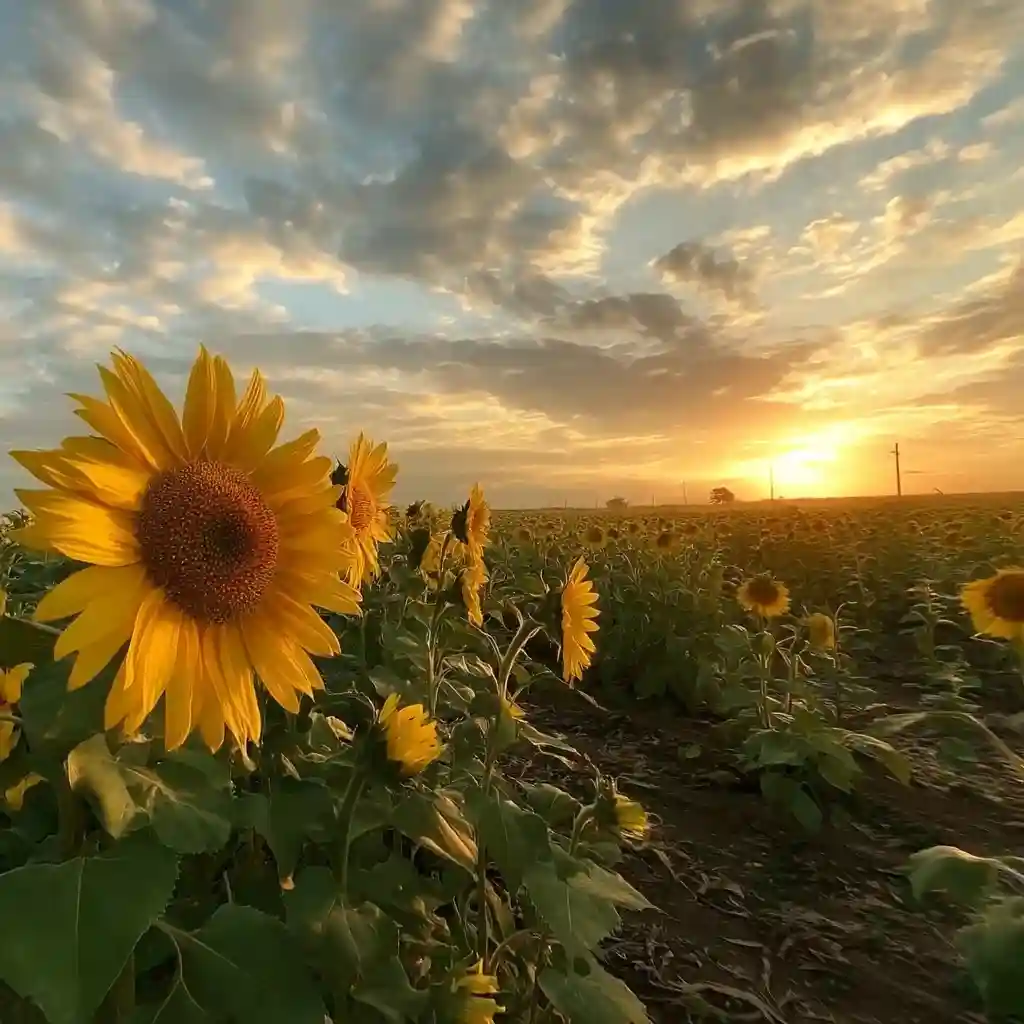
Sunflowers come in a surprisingly wide range of sizes—far beyond the towering giants many people imagine. While the classic varieties can soar to heights of 6 to 10 feet, some cultivars have been bred to reach over 15 feet tall. The world record? A staggering 30 feet, 1 inch, grown in Germany in 2014!
Not all sunflowers reach for the skies, though. Dwarf varieties like ‘Teddy Bear’ or ‘Sunspot’ grow just 1 to 3 feet tall, making them perfect for small gardens, pots, and even indoor displays. There are also branching types that produce multiple blooms on one plant and ornamental hybrids bred for compact size or vibrant colors.
Whether you’re looking to impress with height or fill a patio pot, there’s a sunflower variety suited for every gardener.
6. Seed Head Spirals Follow Fibonacci Patterns
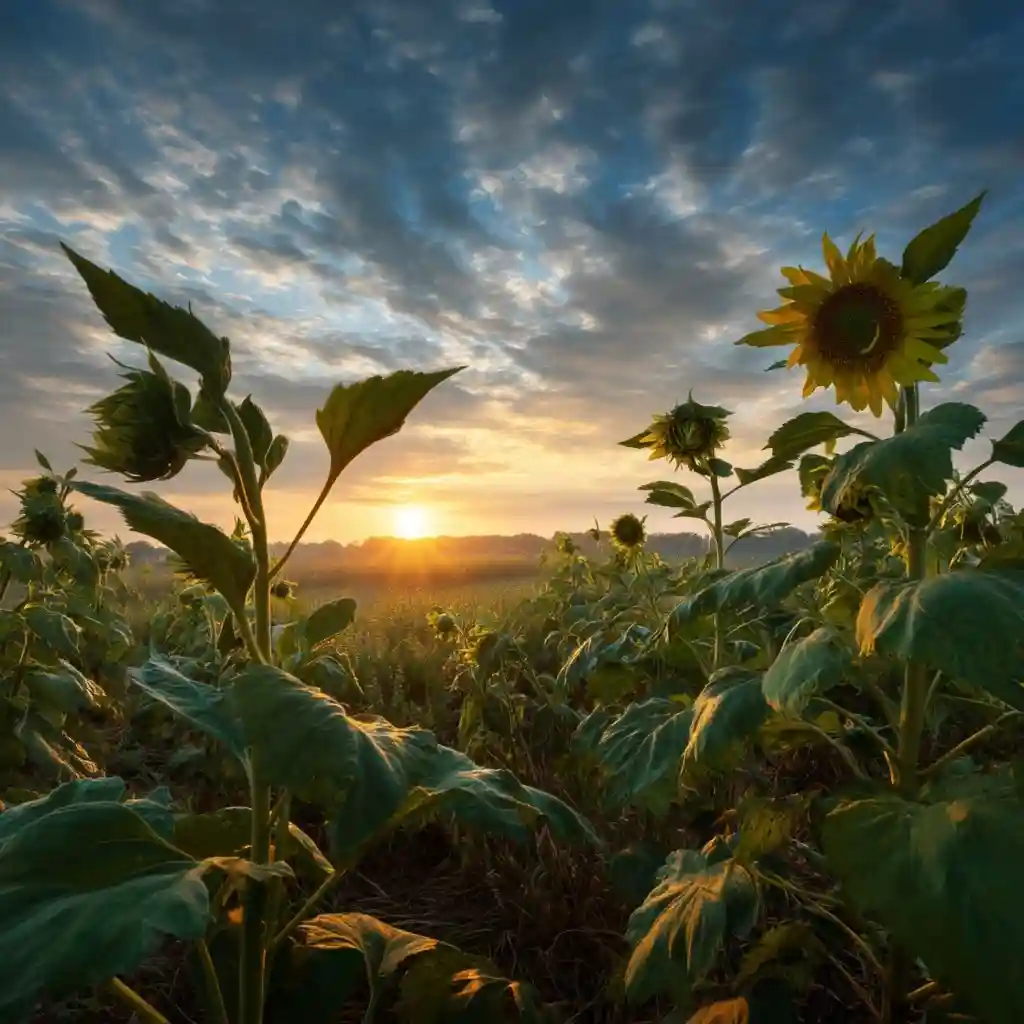
One of the most fascinating features of sunflowers lies in their seed heads. Look closely, and you’ll notice a mesmerizing spiral pattern. This isn’t just a beautiful quirk of nature—it’s math in action.
Sunflower seeds are arranged according to the Fibonacci sequence, a naturally occurring number pattern where each number is the sum of the two before it (1, 1, 2, 3, 5, 8, 13, etc.). The florets grow in spirals that typically follow two sets—one winding clockwise, the other counterclockwise. This layout allows the plant to pack the maximum number of seeds into the flower head without wasting space.
This perfect balance of beauty and efficiency isn’t just eye-catching—it’s also a brilliant survival strategy that makes sunflowers incredibly productive.
7. Seeds and Oil: Nutrition and Everyday Uses
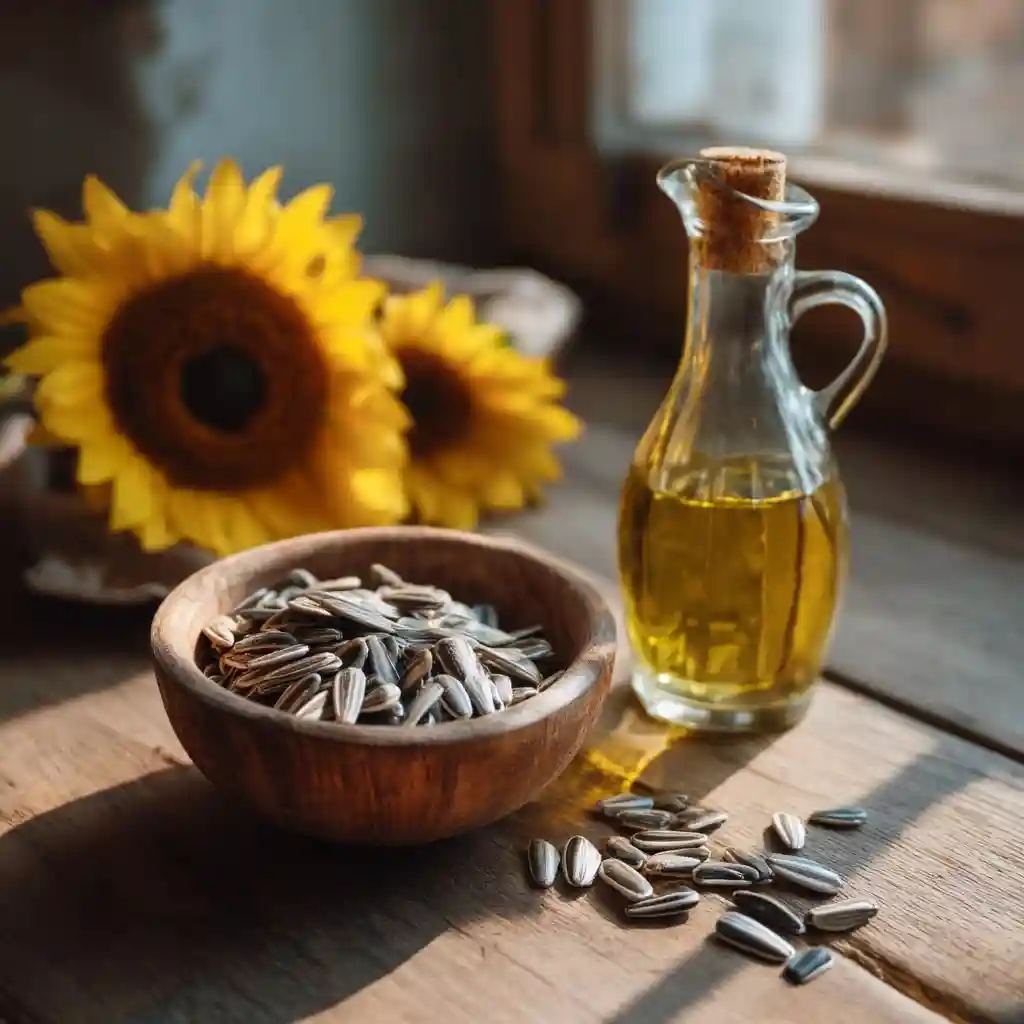
Beyond their beauty, sunflowers are incredibly practical. Their seeds are packed with nutrients, including healthy fats, vitamin E, protein, fiber, and antioxidants. They’re commonly eaten roasted as snacks, added to salads, or blended into seed butter.
But the real commercial power lies in sunflower oil, one of the world’s most widely used vegetable oils. Extracted from the seeds, it’s prized for its light flavor, high smoke point, and heart-healthy profile. You’ll find it in everything from frying pans to salad dressings—and even in cosmetics and soaps.
Other parts of the sunflower plant have uses too: petals can be steeped into tea, stalks are used for natural fiber, and leftover seed hulls are often used in bird feed.
When it comes to versatility, sunflowers don’t just grow—they give back.
8. Pollinator and Wildlife Benefits
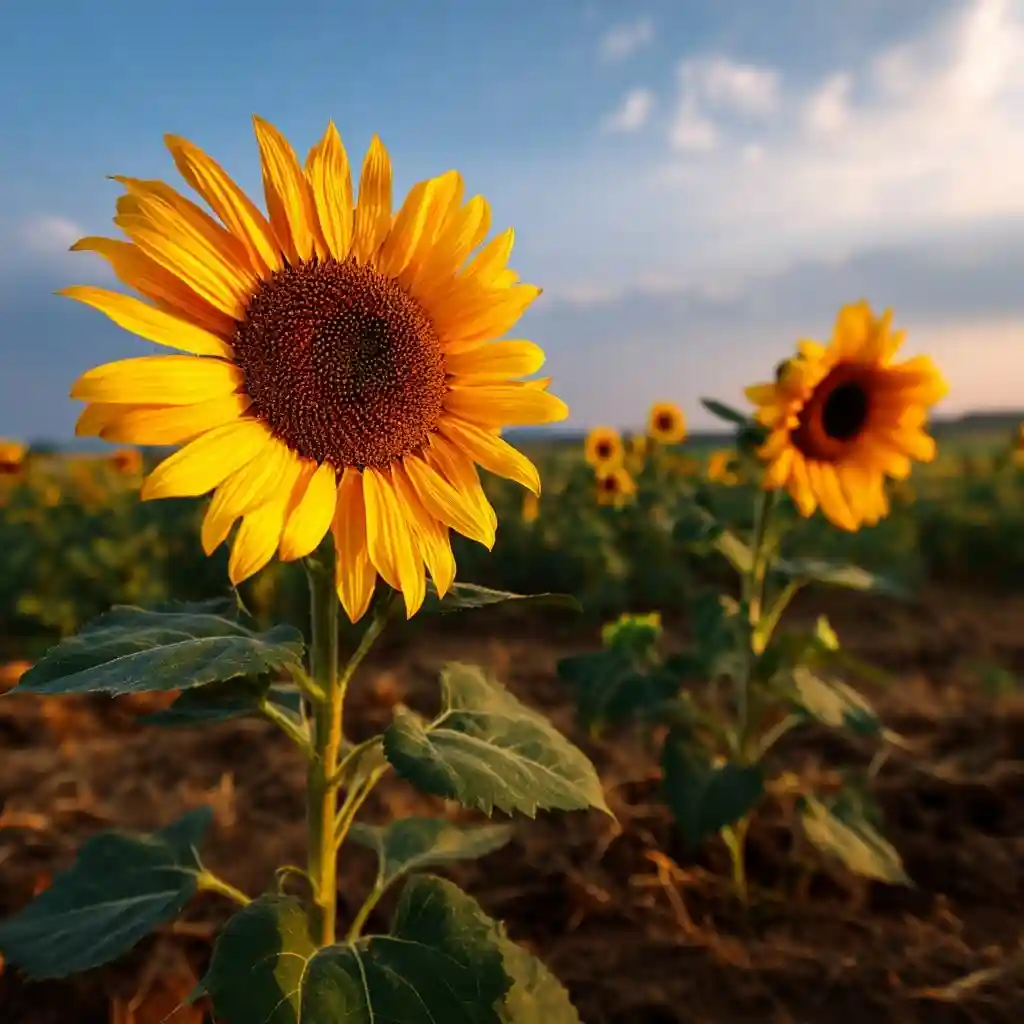
Sunflowers are more than just pretty faces in the garden—they’re ecological powerhouses. Their large, open blooms are a magnet for pollinators like bees, butterflies, and even hummingbirds. Thanks to their high pollen and nectar production, sunflowers help support local pollinator populations, which in turn benefit surrounding plants.
Once the blooming phase ends, sunflower heads become a buffet for wildlife. Birds—especially finches—flock to the dried seed heads for a high-energy meal. Squirrels and small mammals often join the feast too, making sunflowers a valuable part of any backyard habitat.
By planting sunflowers, you’re not just growing flowers—you’re creating a mini ecosystem that supports biodiversity and healthy gardens.
9. Colors Beyond Yellow (Red, Bronze, Bi-Color)
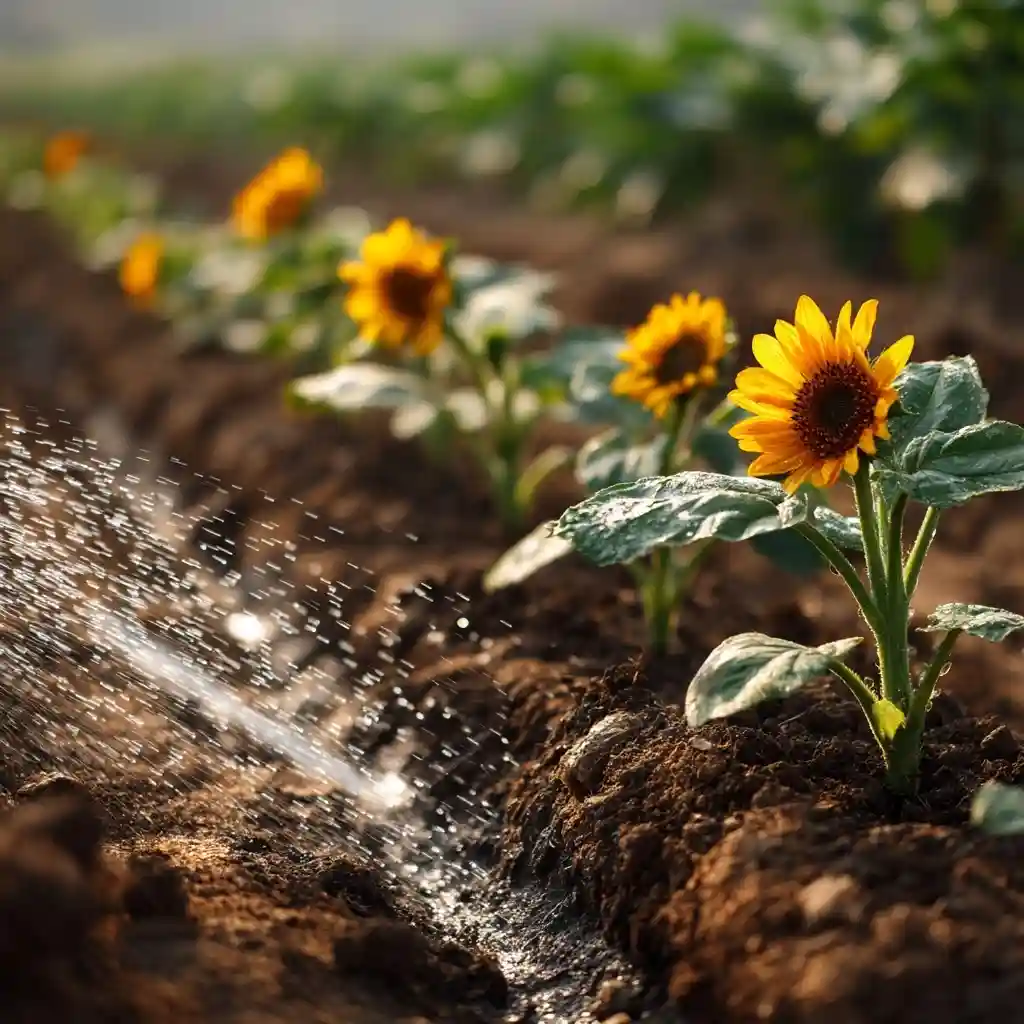
When most people think of sunflowers, they picture a bright yellow bloom with a dark center—but these iconic flowers come in a stunning array of colors beyond yellow. Modern cultivars offer shades of deep red, burnt orange, bronze, burgundy, and even creamy white.
Some varieties, like ‘Autumn Beauty’ or ‘Moulin Rouge’, produce multi-colored or bi-tone petals, adding rich variation to garden beds and bouquets. These vibrant hues make sunflowers a standout not just in fields, but also in floral arrangements, container gardens, and landscape designs.
Whether you want a classic golden bloom or something more dramatic, there’s a sunflower variety to match your color palette.
10. Phytoremediation: Cleaning Contaminated Soils
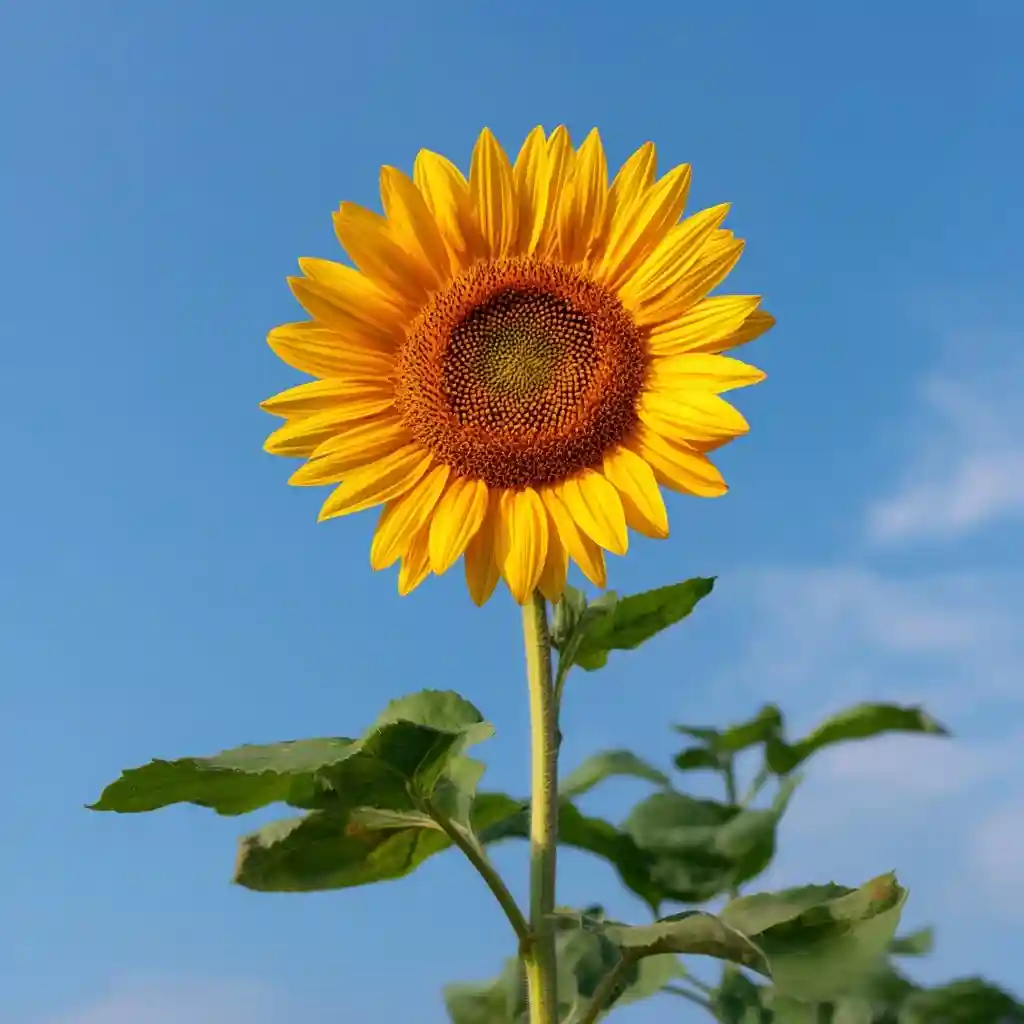
Beyond their garden appeal, sunflowers have a remarkable environmental superpower—they can clean up polluted soils through a process called phytoremediation. Their roots are capable of absorbing harmful substances like lead, arsenic, and radioactive materials from the ground, helping to detoxify damaged ecosystems.
After nuclear disasters like Chernobyl and Fukushima, scientists planted sunflowers to help reduce soil contamination. Their ability to draw up toxins and store them in their tissues makes them a cost-effective and natural solution for rehabilitating polluted land.
By planting sunflowers, even on a small scale, you’re growing more than just flowers—you’re tapping into a plant with powerful environmental potential.
Growing Tips (Sun, Soil, Spacing, Watering)
Growing healthy sunflowers is surprisingly simple, even for beginners—just give them what they love most: sunlight and space.
- Sunlight: Choose a spot with full sun, ideally 6–8 hours of direct light per day. Without enough sunlight, plants will grow leggy and weak.
- Soil: Well-drained, loose soil enriched with compost is ideal. Sunflowers can tolerate poorer soils, but they thrive in fertile ground with a slightly acidic to neutral pH.
- Spacing: Give tall varieties 12–18 inches between plants. Dwarf types can be planted closer, about 6–10 inches apart, to avoid overcrowding.
- Watering: Water deeply but infrequently. Once established, sunflowers are quite drought-tolerant, but young plants need consistent moisture during early growth.
- Support: Taller varieties may benefit from staking, especially in windy areas.
With the right care, your sunflowers will reward you with stunning blooms and a vibrant garden presence all season long.
Common Myths and FAQs
Even with their popularity, sunflowers are often surrounded by a few misconceptions. Let’s clear those up with some quick answers to common questions:
Do all sunflowers follow the sun?
Not quite. Only young sunflowers track the sun daily (heliotropism). Mature blooms face east and stay fixed.
Are all sunflower seeds edible?
Most are, but seeds from ornamental varieties may be small or bitter. For snacking or oil, look for varieties bred for consumption, like ‘Mammoth’ or ‘Black Oil’.
Can sunflowers grow in pots?
Absolutely. Dwarf sunflower varieties are perfect for containers, provided they get enough sunlight and proper drainage.
Are sunflowers annual or perennial?
The common Helianthus annuus is an annual, but some species like Helianthus maximiliani are perennials and return each year.
Do sunflowers attract pests?
They can. Aphids, beetles, and birds may visit. However, they’re generally low-maintenance and often benefit your garden more than harm it.
Understanding the truth behind these myths helps gardeners enjoy their sunflowers with more confidence and success.
Conclusion
Sunflowers are more than just tall, cheerful flowers—they’re complex, useful, and full of surprises. From their mathematical seed patterns and sun-tracking habits to their role in environmental cleanup and pollinator support, these plants prove that beauty and function can go hand in hand.
Whether you’re growing them for their seeds, their symbolism, or their striking appearance in a garden, sunflowers offer something for every gardener and nature lover. Plant a few, and you’ll not only brighten your landscape—you’ll connect with a plant that has inspired cultures and ecosystems for thousands of years.
🌿 Love gardening inspiration? Follow me on Pinterest for bold plant ideas, tips, and seasonal color!
More Posts
